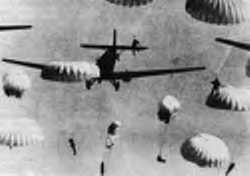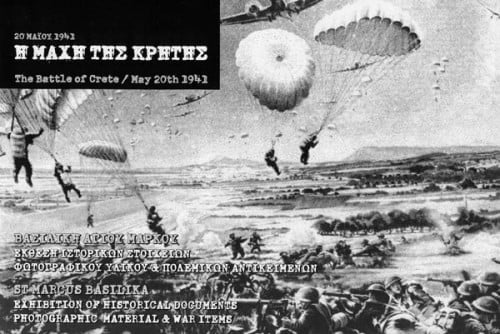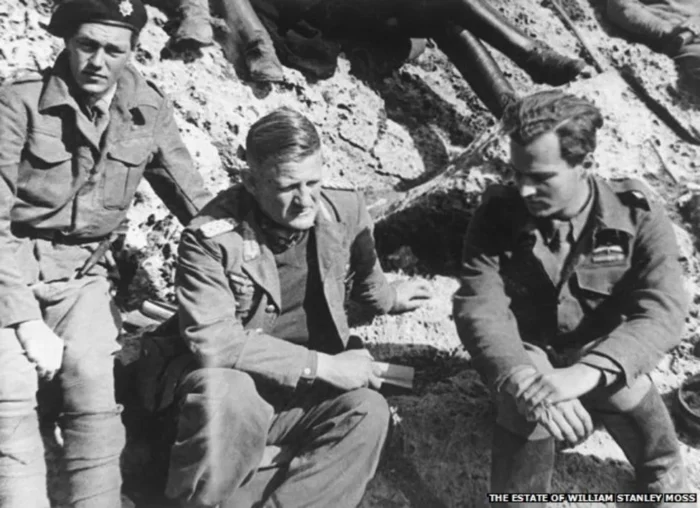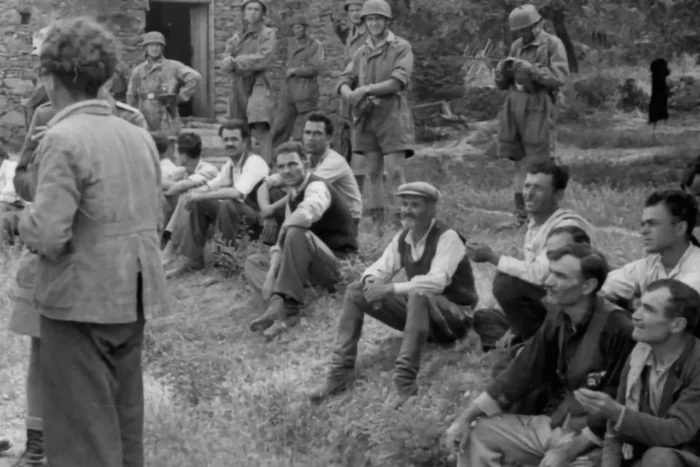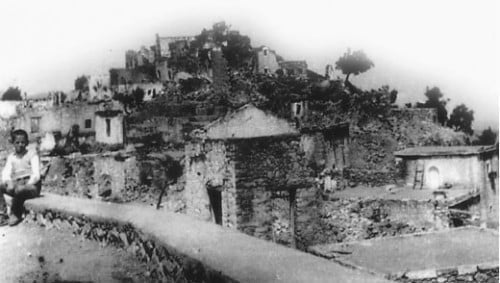Inscriptions in the Labyrinth of Messara
What visitors have written on the cave walls
In recent years the inventorying, photographing, taping and printing of the inscriptions discovered in the Labyrinth were made possible only after repeated working visits by the Cretan department of the Hellenic Speleological Society, headed by Mr. Kaloust Paragamian.
There are many caves in Greece where visitors wrote on the walls (Golden Cave of Folegandros, the ancient quarries of Paros, the Melidoni Cave, etc.) but nowhere are the inscriptions so many.
As a rule, the visitors wrote on the walls of the chambers – mostly the more distant ones. However, there are inscriptions also on corridor walls and on the stones of the drywalls.
Thusly, most inscriptions are found in the “Hall of the Minotaur,” the “Uphill Hall,” the “Water Chamber,” the “Cave of Grotto,” the Ceremony Hall,” the “Downhill Hall” – but mostly in the “Altar Chamber.”
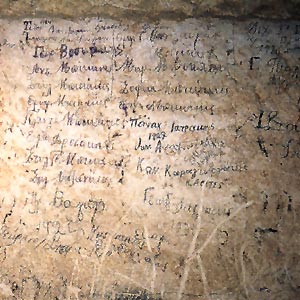
The “Altar Chamber”, is the most isolated and distant chamber from the two entrances, and was the last stop for most of the Labyrinth visitors. Because of that fact, it became the most popular place for inscriptions. There are so many writings and signatures on the “Altar Chamber” walls that many overlap each other many times over, resulting, unfortunately, in the older inscriptions being lost forever.
A great number of the visitors have written their names and dates of visits, while many more inscribe their place of origin (village, city or country). Some also state their occupations.
Most inscriptions (53%) have been written in pen; a large number (39%) are etched in one way or another. The very old ones are made in charcoal or etched or written with a kind of brick coloured wax.
In the “Altar Chamber,” the Cretan department of the speleological team inventoried about 1,200 readable inscriptions. Among these, there is still the etched chronology, 1444, which Tournefort saw in 1700. Also kept in good condition is the inscription: Quifu el strenuo Signor Zan de Como capno de la Fanteria (Here was the very important Mr. Zan from Como [ Northern Italy ] captain of the Fanteria) but the chronology of 1526 has been erased.
On the other hand, only a few letters (TADEUS NICOLAU) remain from the charcoal-written inscription: P. FRANCESCO MARIA PESARO CAPUCINO. FRATER TADEUS NICOLAUS 1539.
Also, of the five dates which Tournefort mentions in his report (1495, 1516, 1560, 1579 and 1699), only the last one survives today, together with the name, Ikonomou. Some of the inscriptions are true works of art with intricate borders, while other even bear the writer’s coat-of-arms.
Unfortunately, the surviving old inscriptions are very few. Most have been destroyed either by normal wear and tear or due to the fact that many later visitors wrote over the older ones. In total, the number of legible inscriptions in the cave surpasses 2,000. With an unknown number of older ones being lost forever, one can only surmise as to how many visitors throughout the centuries have actually visited the Labyrinth.
NOTE. This story comes from the book “The Labyrinth of Messara” by Kaloust Paragamian and Antonis Vasilakis. ALL RIGHTS RESERVED
Read more:
- The Labyrinth of Messara in Crete
- Working in the Labyrinth for the German Army in 1943
- The Interpreter for the German Army in the Labyrinth of Messara
- Famous Visitors in the Labyrinth of Messara
- Inscriptions on the Walls of the Cave
- Present and Future for the Labyrinth of Messara
© explorecrete.com All Rights Reserved. Reproduction or copying without permission is prohibited.


